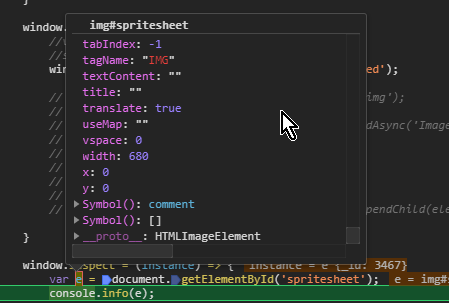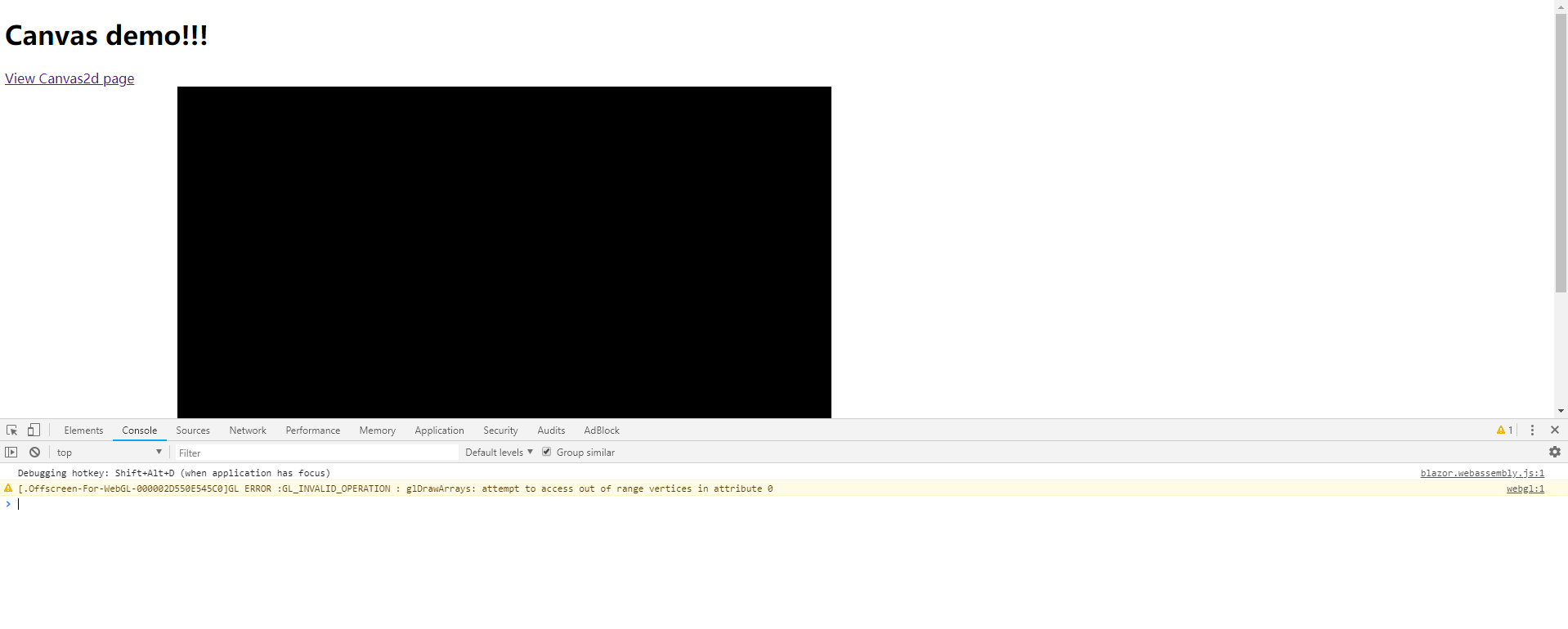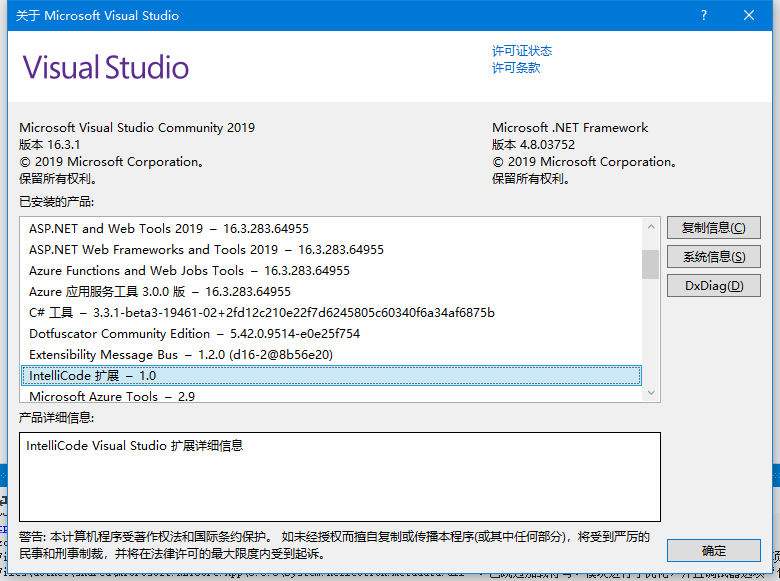HTML5 Canvas API implementation for Microsoft Blazor
Blazor Extensions are a set of packages with the goal of adding useful things to Blazor.
This package wraps HTML5 Canvas APIs.
Both Canvas 2D and WebGL are supported.
Both Blazor Server Apps and Blazor WebAssembly Apps are supported.
NOTE Currently targets the v3.1.5 of Blazor with 3.2.0 of WebAssembly
Install-Package Blazor.Extensions.Canvas
In your index.html file (WebAssembly Apps) or _Host.cshtml (Server Apps) file, place a reference to the library's script file:
<script src="_content/Blazor.Extensions.Canvas/blazor.extensions.canvas.js"></script>In your _Imports.razor add the following using entry:
@using Blazor.Extensions.CanvasIn the component where you want to place a canvas element, add a BECanvas. Make sure to set the ref to a field on your component:
<BECanvas Width="300" Height="400" @ref="_canvasReference" ></BECanvas>In your component C# code (regardless if inline on .razor or in a .cs file), add a BECanvasComponent reference which matches the ref you set on your BECanvas.
Create a Canvas2DContext, and then use the context methods to draw on the canvas:
private Canvas2DContext _context;
protected BECanvasComponent _canvasReference;
protected override async Task OnAfterRenderAsync(bool firstRender)
{
this._context = await this._canvasReference.CreateCanvas2DAsync();
await this._context.SetFillStyleAsync("green");
await this._context.FillRectAsync(10, 100, 100, 100);
await this._context.SetFontAsync("48px serif");
await this._context.StrokeTextAsync("Hello Blazor!!!", 10, 100);
}NOTE You cannot call CreateCanvas2DAsync in OnInitAsync, because the underlying <canvas> element is not yet present in the generated markup.
In your component C# code (regardless if inline on .razor or in a .cs file), add a BECanvasComponent reference which matches the ref you set on your BECanvas.
Create a WebGLContext, and then use the context methods to draw on the canvas:
private WebGLContext _context;
protected BECanvasComponent _canvasReference;
protected override async Task OnAfterRenderAsync(bool firstRender)
{
this._context = await this._canvasReference.CreateWebGLAsync();
await this._context.ClearColorAsync(0, 0, 0, 1);
await this._context.ClearAsync(BufferBits.COLOR_BUFFER_BIT);
}NOTE You cannot call CreateWebGLAsync in OnInitAsync, because the underlying <canvas> element is not yet present in the generated markup.
All javascript interop are batched as needed to improve performance. In high-performance scenarios this behavior will not have any effect: each call will execute immediately. In low-performance scenarios, consective calls to canvas APIs will be queued. JavaScript interop calls will be made with each batch of queued commands sequentially, to avoid the performance impact of multiple concurrent interop calls.
When using server-side Razor Components, because of the server-side rendering mechanism, only the last drawing operation executed will appear to render on the client, overwriting all previous operations. In the example code above, for example, drawing the triangles would appear to "erase" the black background drawn immediately before, leaving the canvas transparent.
To avoid this issue, all WebGL drawing operations should be explicitly preceded and followed by BeginBatchAsync and EndBatchAsync calls.
For example:
await this._context.ClearColorAsync(0, 0, 0, 1); // this call does not draw anything, so it does not need to be included in the explicit batch
await this._context.BeginBatchAsync(); // begin the explicit batch
await this._context.ClearAsync(BufferBits.COLOR_BUFFER_BIT);
await this._context.DrawArraysAsync(Primitive.TRIANGLES, 0, 3);
await this._context.EndBatchAsync(); // execute all currently batched callsIt is best to structure your code so that BeginBatchAsync and EndBatchAsync surround as few calls as possible. That will allow the automatic batching behavior to send calls in the most efficient manner possible, and avoid unnecessary performance impacts.
Methods which return values are never batched. Such methods may be called at any time, even after calling BeginBatchAsync, without interrupting the batching of other calls.
NOTE The "overwriting" behavior of server-side code is unpredictable, and shouldn't be relied on as a feature. In low-performance situations calls can be batched automatically, even when you don't explicitly use BeginBatchAsync and EndBatchAsync.
Please feel free to use the component, open issues, fix bugs or provide feedback.
The following people are the maintainers of the Blazor Extensions projects:









